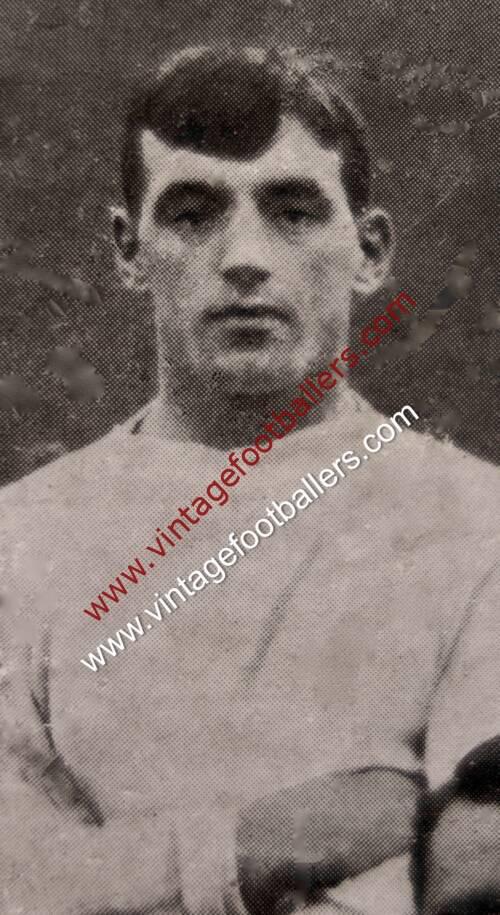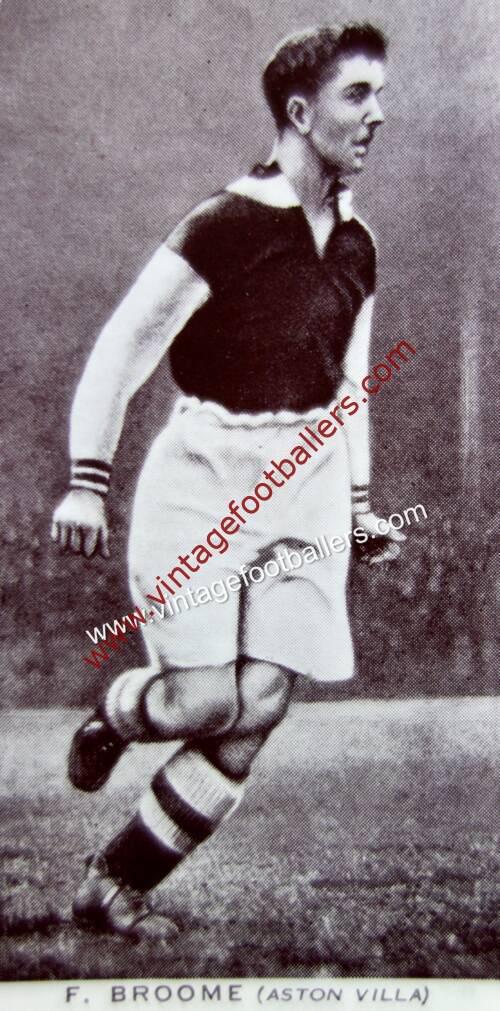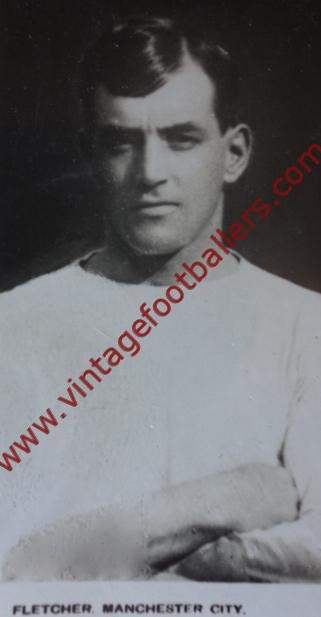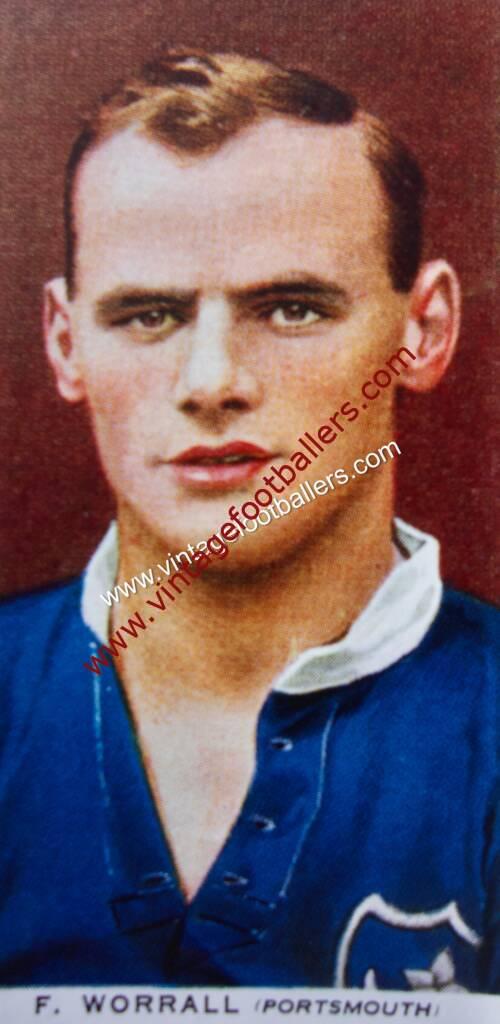Please choose your photo size from the drop down menu below.
If you wish your photo to be framed please select Yes.
Note: 16″x 20″not available in a frame.
Images can also be added to accessories. To order please follow these links
£8.95 – £49.95
Please choose your photo size from the drop down menu below.
If you wish your photo to be framed please select Yes.
Note: 16″x 20″not available in a frame.
Images can also be added to accessories. To order please follow these links
Oxford, near Tunstall, Staffordshire, left back Horace Colclough started his playing career at Crewe Alexandra, then playing in the Birmingham & District League, signing professional papers in August 1910. After two “impressive” seasons at Crewe, he moved south to join Southern League Crystal Palace in the summer of 1912. The 1912-13 club handbook said of him: “This back is new to the Palace, coming from Crewe Alexandra, through whose ranks many good footballers have passed. He plays right or left back.” The following year, the handbook added: “Very few, if any, better backs have been associated with Crewe Alexandra, and he rendered yeoman service. His strong kicking and accurately-timed rushes serve him well.”
He quickly became an established member of the side and earned three call ups for The Southern League in Inter-League matches as well as being selected for England in the Home Championship match against Wales at Ninian Park on 16th March 1914. The match finished in a 2-0 win to England. He was the first Crystal Palace player to be selected for England international honours.
Colclough’s professional playing career finished at the end of the 1914-15 season after 85 appearances for Crystal Palace, when peacetime football was ended by the onset of the First World War. During the War he served with The Royal Engineers and suffered a leg injury that forced his retirement after the cessation of hostilities. Sources vary as to the cause of his injury; Graham Betts, in his “England, Player by Player” says that he was injured playing football for the Army, whereas Dutch sources claim that he suffered a gunshot wound to his leg.
In August 1920, he was appointed first team coach at Dutch club Heracles Almelo where he remained until 1932. During his time at the club, Colclough was known as “d’n trainer met ne poot genoemd” (“the trainer with that leg”) because of his war wound.
| Weight | N/A |
|---|



